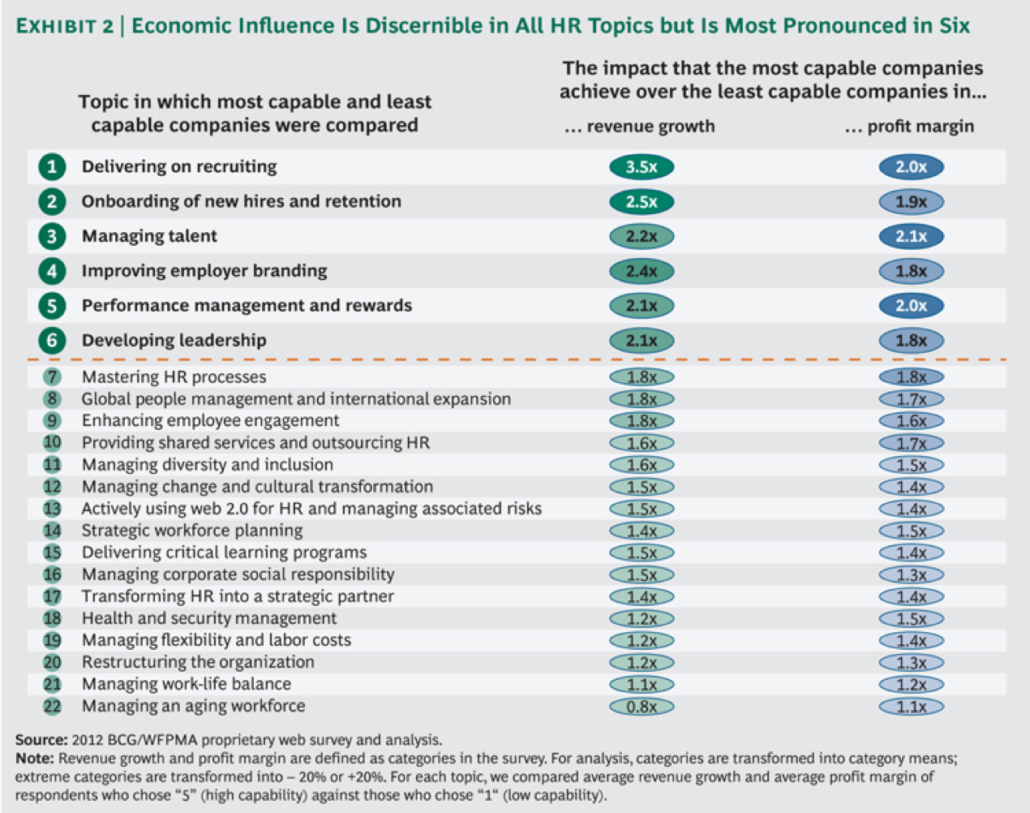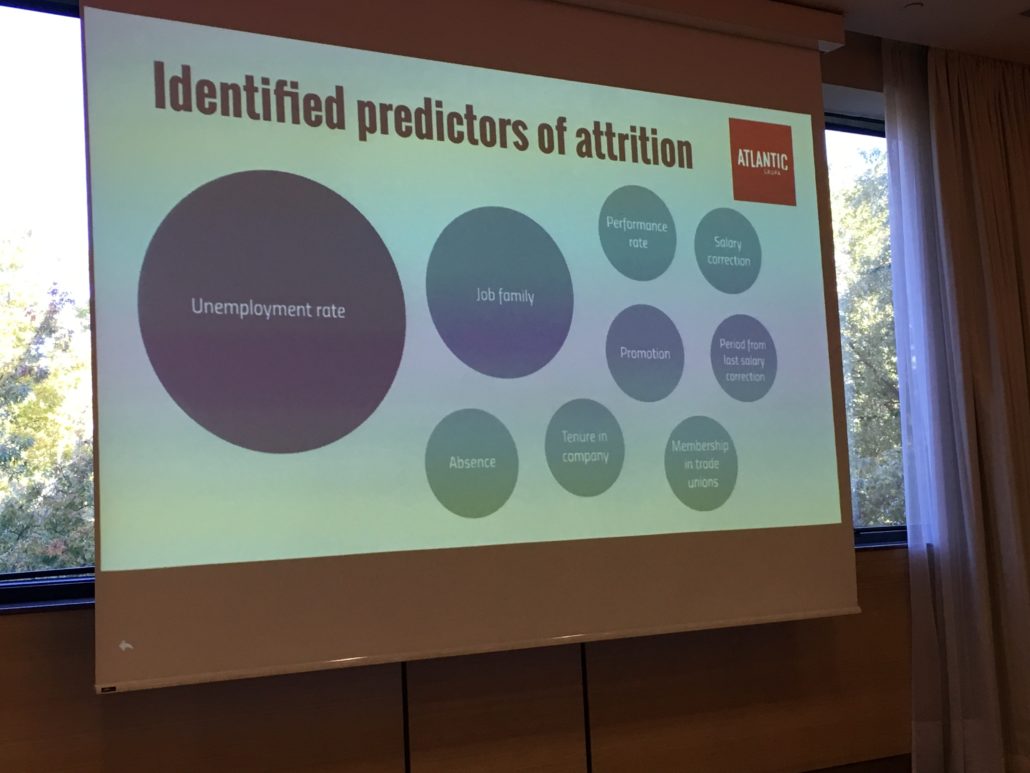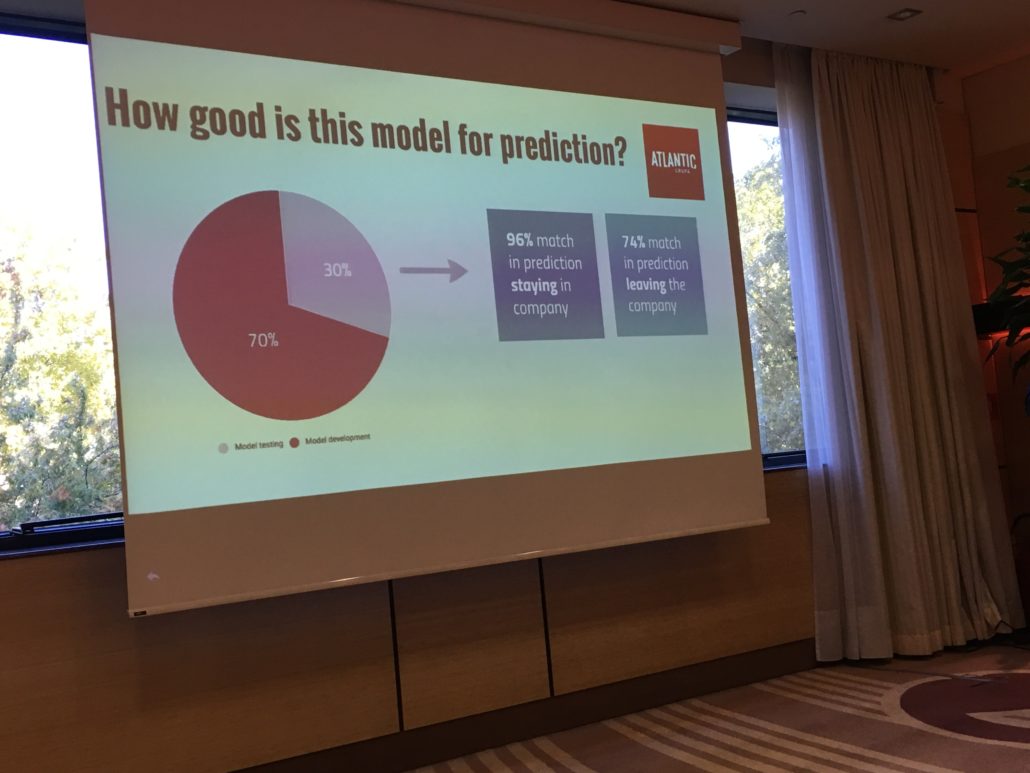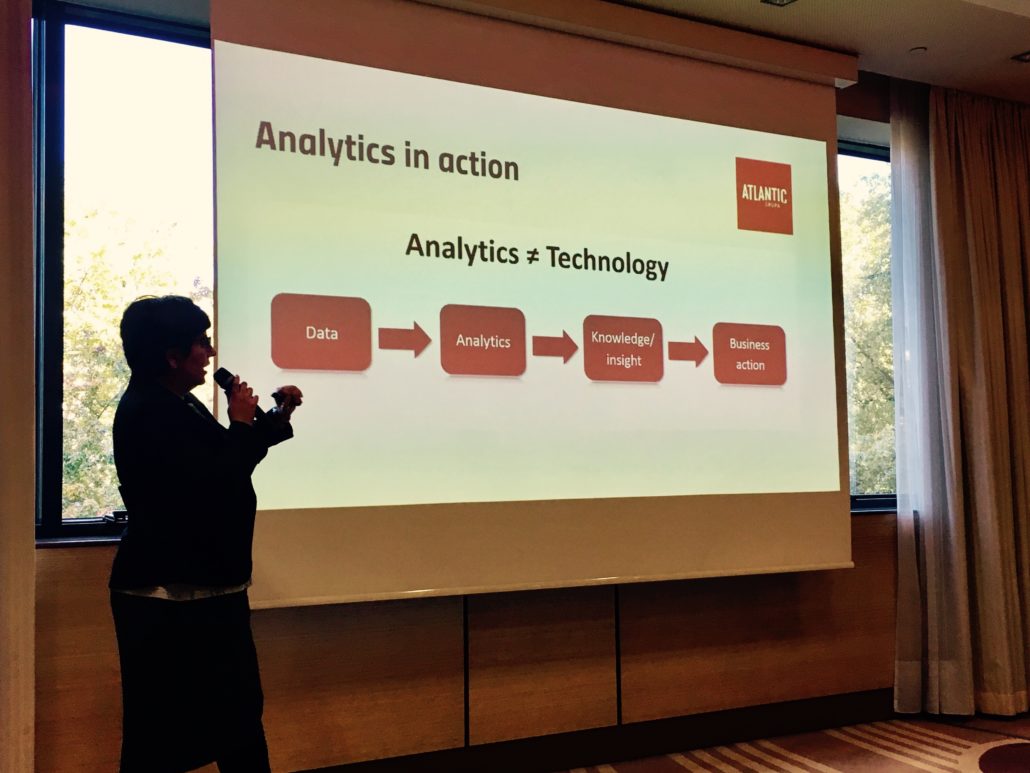Happy employees = more productive employees? People Analytics can drive both!
Let’s be honest with yourself and answer following questions:
3 x YES? Lucky you…and your company! As many research show there is strong link between happiness/engagement at work and profitability. So if you are happy, you work better. Easy to say, harder to prove. As we are data based company loving challenges we took a chance to check if it is true!
QUESTION: ARE HAPPY SALESMEN MORE PRODUCTIVE?
We prepared a recruitment communication strategy for a big bank operating in Poland, using people analytics and verifying, for example, whether a sense of happiness is related to work performance.
The aim of the analyses was to determine the predictors of efficiency with respect to sales chain employees, and therefore, determine the profile of employees with best sales results in one of the retail banks operating in Poland.
ANSWER: YES
We considered three performance groups with respect to different variables. It turned out that the profile of the top performers differs significantly from the profiles of other groups, both in terms of expectations about organisational culture and hard elements of the offer. What is more important, it also turned out that the people who are the best at performing their tasks exhibit a much higher level of happiness and sense of meaning at work. In this group, it turned out the flow state was the key. People who achieve better results (i.e. are more productive) up to twice as often feel that their everyday tasks allow them to grow and fulfil their professional dreams than people with a low level of task completion.
Based upon the survey results, we created a profile of a happy employee and reformulated recruitment communication with a focus on acquiring top performers and also made changes to the motivational system. The results showed that there is value to applying an analytical approach to profiling and shaping a long-term employee happiness policy.
CONCLUSION: HAPPINESS PAYS OFF
There is no doubt that building employee happiness pays off, both for employers and employees. It is not a random intervention though – it requires a strategic approach and consistency. But it is not impossible. And, what’s more, the results are felt by both the employees and the employers. I strongly encourage you, in these times of big challenges on the job market, to focus on employee happiness and to include it in strategic goals as a source of higher EBITDA.
AND IF YOU LOOK FOR MORE NUMBERS YOU SHOULD USE TO MAKE YOUR BOSS INVESTING IN EMPLOYEES HAPPINESS CHECK MY SHORT SLIDECK!



 Looking for a real hand-on people analytics guide? Here is the one!
Looking for a real hand-on people analytics guide? Here is the one!

